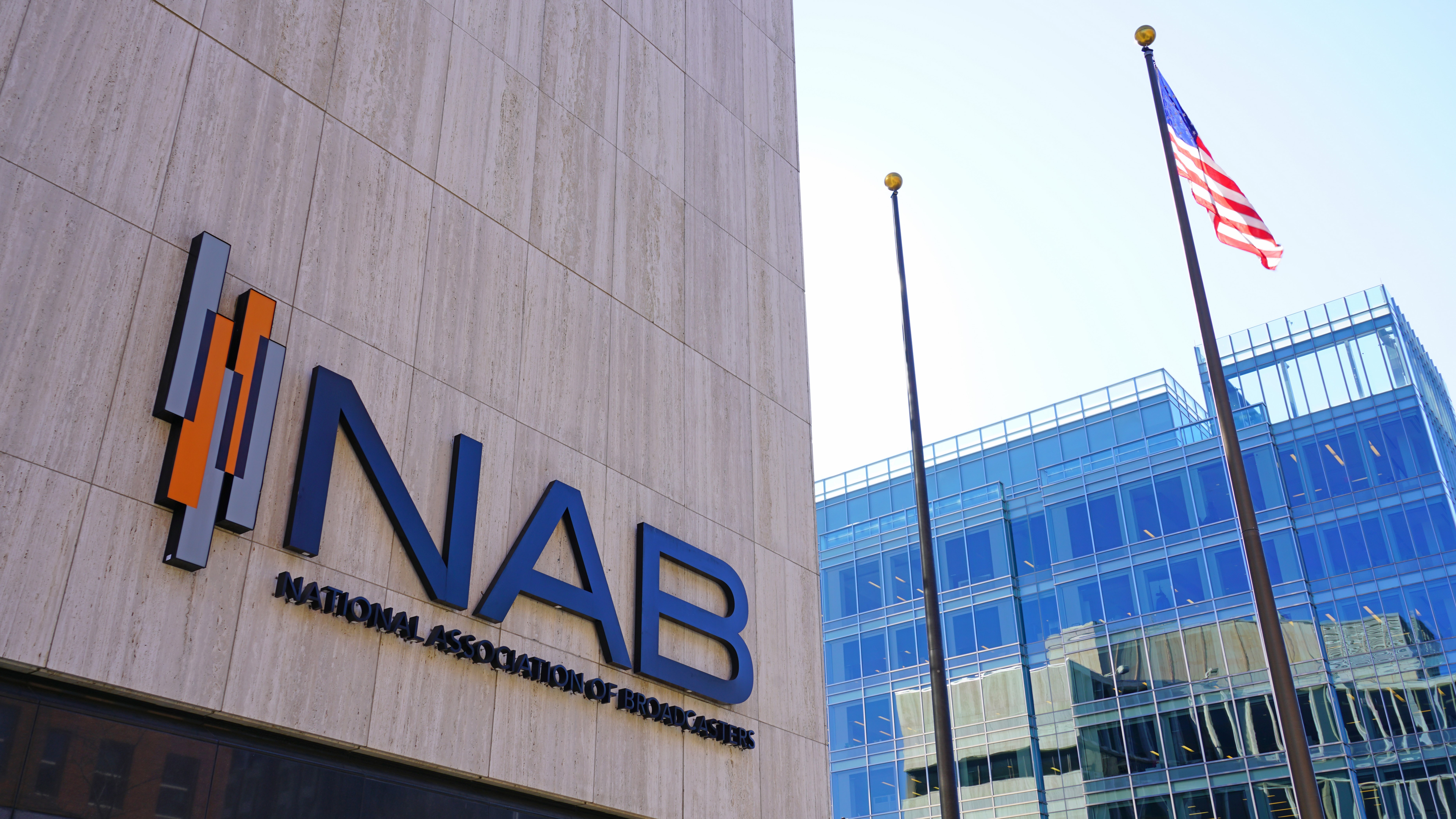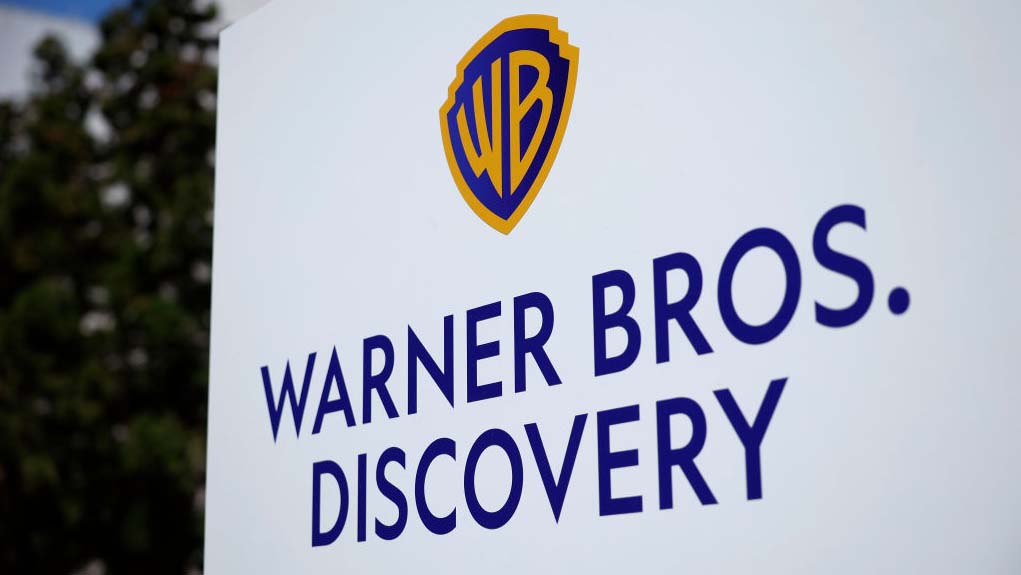NAB: Broadcasters Can Help Spread Word on Broadband
TV stations can help promote the new Emergency Broadband Benefit program

WASHINGTON—As the FCC is trying to get the word out on its Emergency Broadband Benefit (EBB) program, NAB says that local broadcast stations could be an effective way to reach Americans that are eligible for the program.
The FCC recently issued a public notice about its implementation of the EBB program and how to promote awareness for it so as to effectively reach the communities that need discounted broadband services and equipment. NAB, as well as citing to comments made by others, filed its own comments that express the role broadcasters can play to meet these goals.
According to NAB’s filing, the National Hispanic Media Coalition has urged the FCC to prioritize radio and TV advertising for the EBB, as it does not believe that traditional methods of marketing government benefit programs will reach the appropriate audiences. Public Knowledge, meanwhile, said that promotion “should include a variety of media outlets that target minority and low-income populations,” like local TV stations.
“NAB agrees that advertising on television and radio stations would be a particularly effective way to raise awareness of the EBB Program, both because of broadcast stations’ broad reach and their ability to target the populations most in need of Program information,” the organization said in its filing.
About 40% of U.S. TV households are equipped with an antenna for OTA viewing, NAB reports, and those numbers are higher for households with incomes below $50,000 (45%) and Hispanic/LatinX households (43%). TV viewing is also higher among African-American audiences.
Broadcast stations can also direct targeted messages to niche audiences, NAB points out, including non-English speakers.
“Including free over-the-air local broadcast stations in publicity and advertising campaigns, whether those campaigns are conducted by government agencies or by EBB providers, would be an extremely effective way to reach Americans most in need of EBB Program benefits,” NAB concludes.
The professional video industry's #1 source for news, trends and product and tech information. Sign up below.
